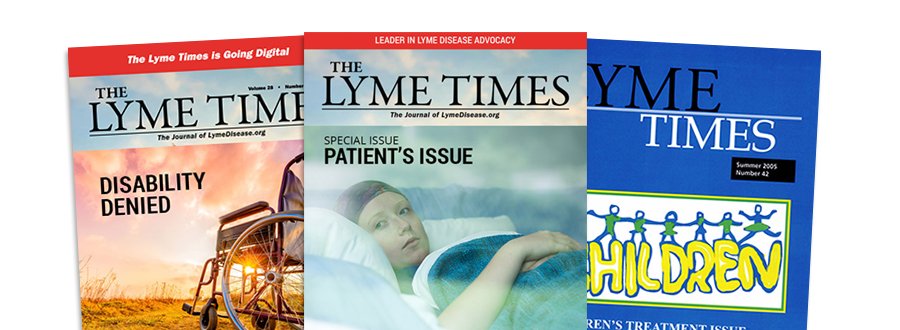- Home
- Find A Physician
- FIND A PHYSICIAN
- LymeTimes
- Current Issue
- Archives
- FEATURED LYMEDISEASE.ORG ISSUES
- Resources
- LYME LITERATE PHYSICIAN VIDEOS
- Physicians
- Members
- About Us
- Resources
The Canadian government recently announced new investment in Lyme disease research. However, Canadian Lyme advocates fear that the patient voice will be excluded from the decision-making process—in other words, they fear that patients’ voices won’t be heard. In the following article, the Canadian Lyme Consortium (CLC)–made up of advocates, patients, researchers, and practitioners–offers background and context.
T he Canadian Federal Government announced its first major financial investment into Lyme disease research on October 15, 2018: CAD$4 million designated to support the formation of a Lyme disease research network. Yet, the patient community in Canada is not celebrating. Why not?
The problem is that there are a number of very significant problems with how this money is being used to try to control Lyme disease research. The continued exclusion of the Lyme disease patient community from playing more than a token role is the key issue.
Excluding Patients from the Process

There has been an ongoing narrative in Canada that patients, patient caregivers, advocates, healthcare providers, health researchers, and scientists are just being “difficult” when they do not enthusiastically endorse research that is done on patients rather than for patients.
This will sound completely familiar to members of the patient and advocacy community around the world. However, there is hope for the future.
There are, and have been for some time, two research networks in Canada. The first, the Canadian Lyme Consortium (CLC), consists of a three-way and equal partnership among the patient community, healthcare providers, and scientists. The second network, now known as the Canadian Lyme Disease Research Network (CLyDRN), is public health dominated and focused largely on information and prevention messaging. While no one denies the important role of disease prevention, patient advocates are concerned that work on improved diagnostics and on treatment will be ignored.
Endorsing the Status Quo?
The CLyDRN includes strong representation from the Association of Medical Microbiology and Infectious Disease Canada (AMMI), which endorses the Lyme treatment guidelines of the Infectious Diseases Society of America (IDSA); this suggests that this group will continue to endorse and enforce the status quo.
The CLyDRN is the network that the Canadian Government has funded to do Lyme disease research. In fact, the CLyDRN was the only network that applied for the $4 million in funding—due to the CLC’s early elimination in a preparatory granting stage………. Join or login below to continue reading.
You must be a LymeDisease.org member to access this content.





























